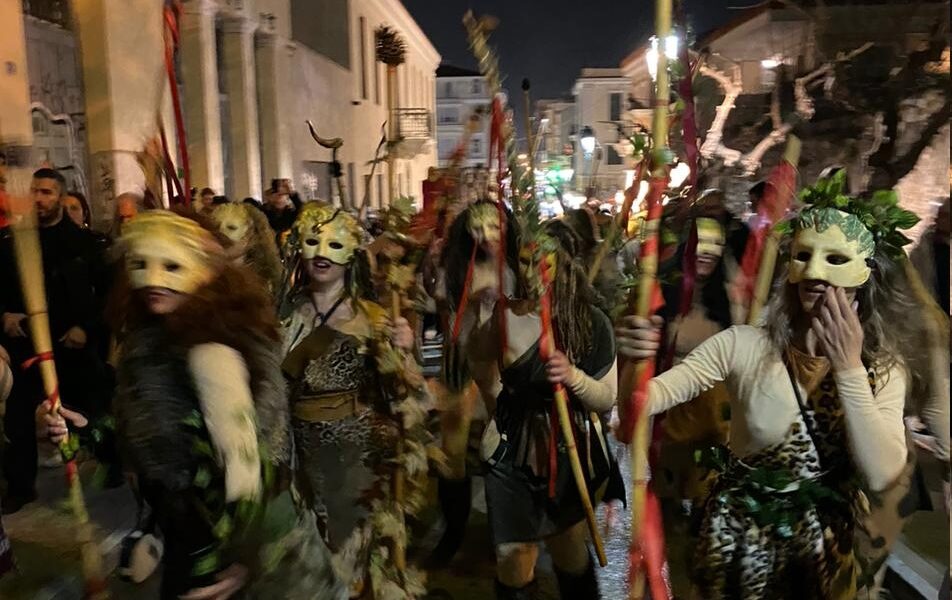Although most Greeks are celebrating the Apokries (Carnival), there are also those who are replicating the Ancient Greek worship of Dionysius through Phallephoria
Several modern-day Christian traditions borrow from old rituals that originated thousands of years ago, and the procession of Phallephoria, effectively a worship of the phallus and fertility, is one of them.
As the organisers write on their website: "We don’t want to provoke, but to invite you to participate in an authentic revival of an ancient Greek carnival event. We do not wish to offend you with our primordial phallic symbols, but to thrill you with the Dionysian ecstatic character of this feast! We do not want just to revive, but experience, with appropriate respect, Greek events that- despite the passage of years- have revived in the traditions of our land!"
Phallephoria 2023 is a re-enactment of the original ecstatic tradition where people dress up as satyrs and maenads (Dionysus’ followers) and brighten the chilly February nights with their boisterous shenanigans.
Phallic symbols are the true protagonists of Phallephoria, as evident in the name. The procession passes through the historic centre of Athens, Dionysiou Areopagitou promenade, Plaka and Monastiraki and is accompanied by the tunes of bagpipes, flutes and percussion.
See the videos:
Greetings from Phallephoria in Athens, a celebration to Dionysus, the god of wine, fertility, lovemaking and ritual madness. pic.twitter.com/H6PGwqPp4H
— Paul Antonopoulos 🇬🇷🇨🇾 (@oulosP) February 25, 2023
Penis worship at Phallephoria in Athens. pic.twitter.com/copLsD2pdK
— Paul Antonopoulos 🇬🇷🇨🇾 (@oulosP) February 25, 2023
See the photos:
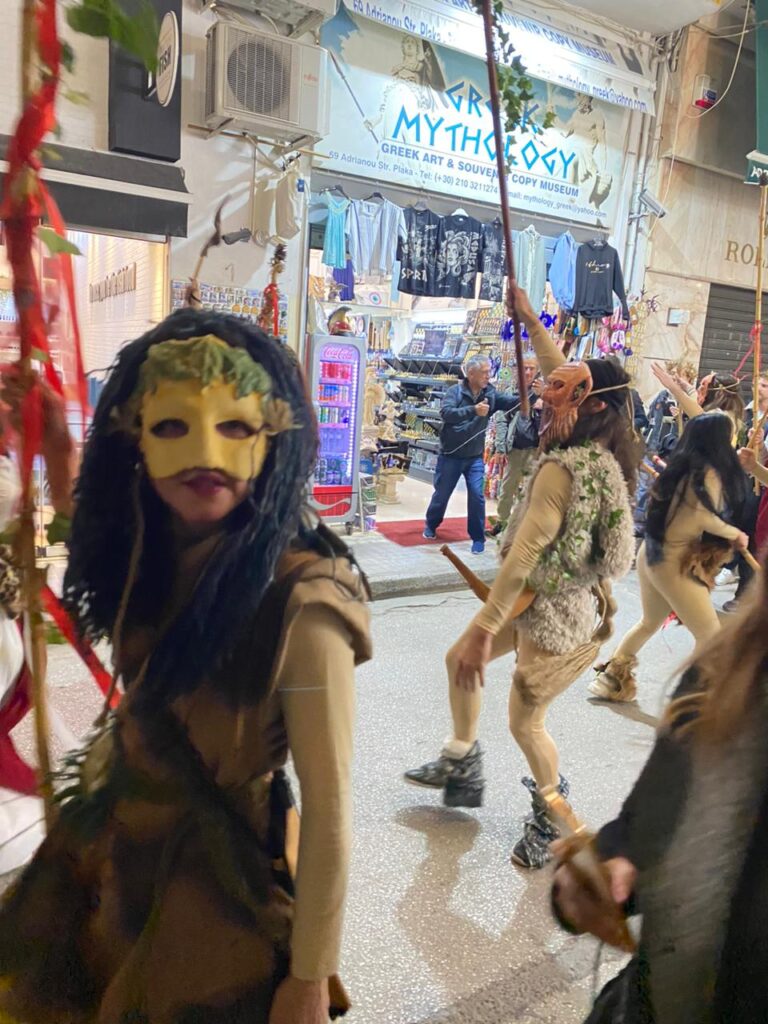
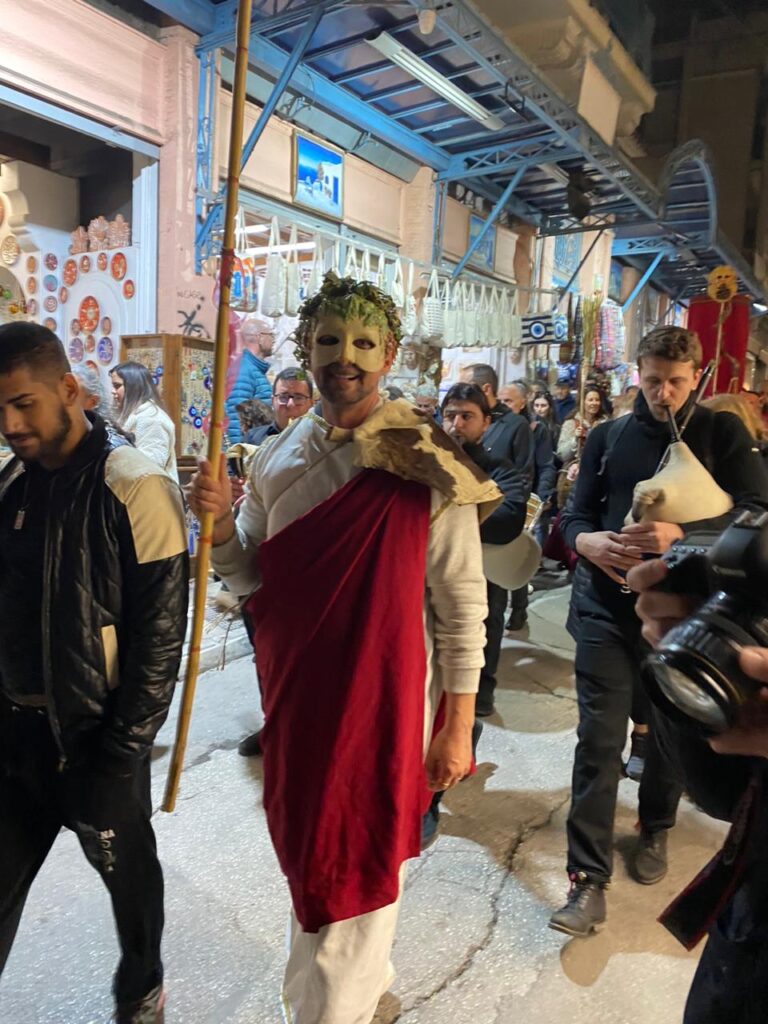
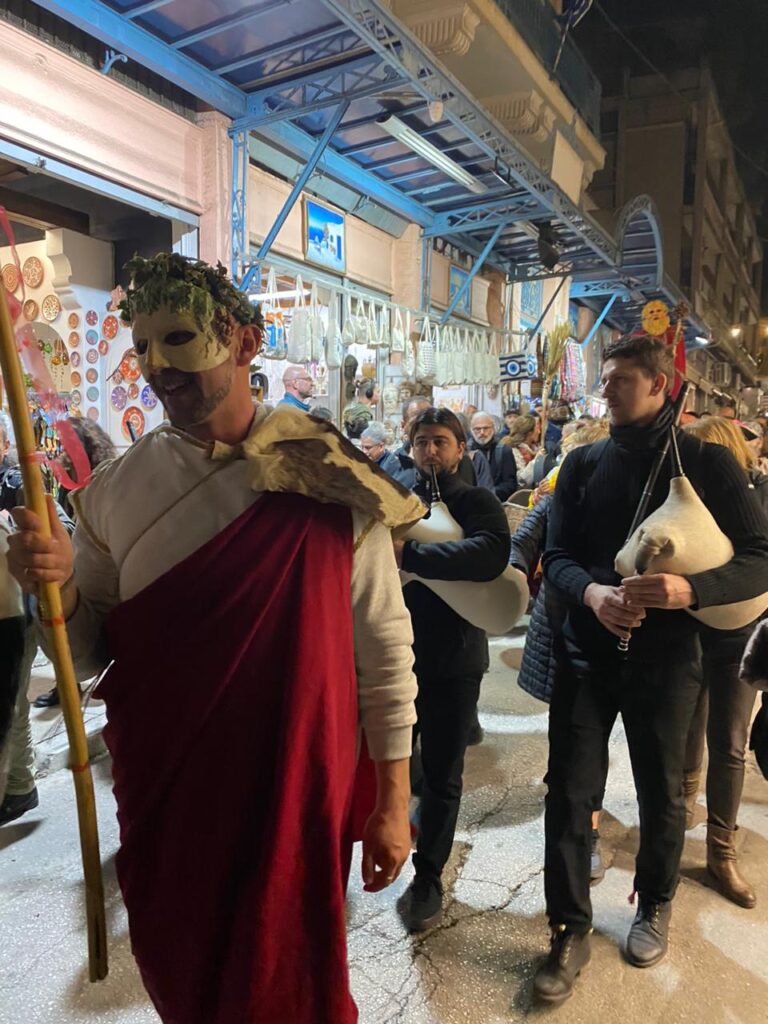
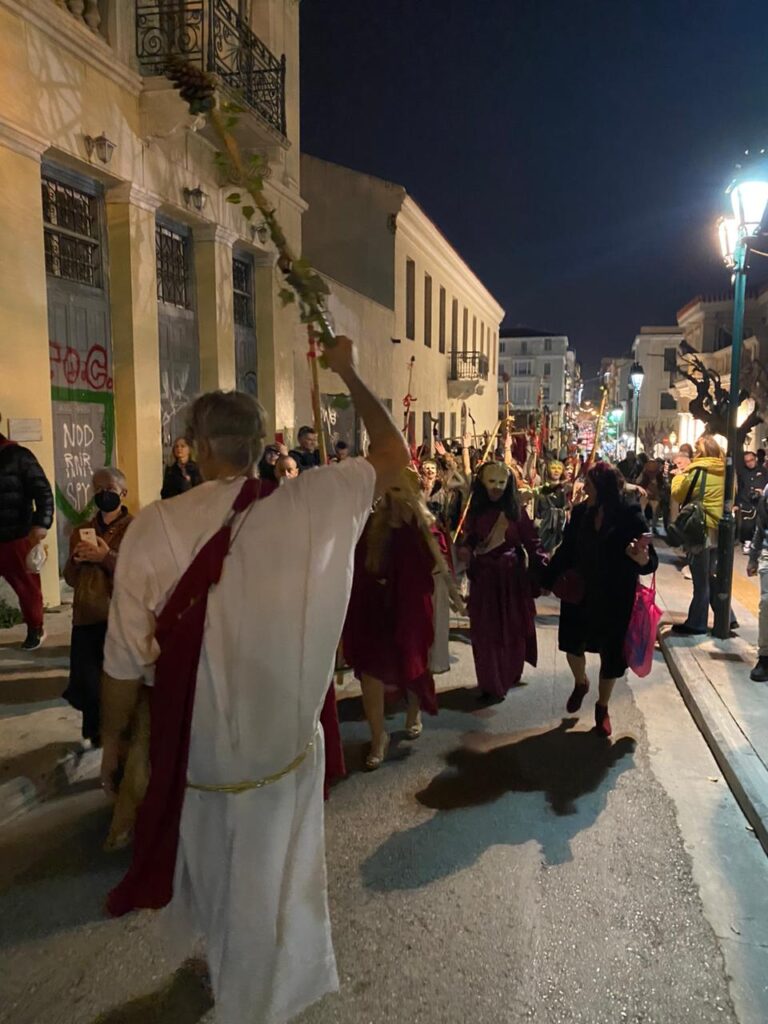
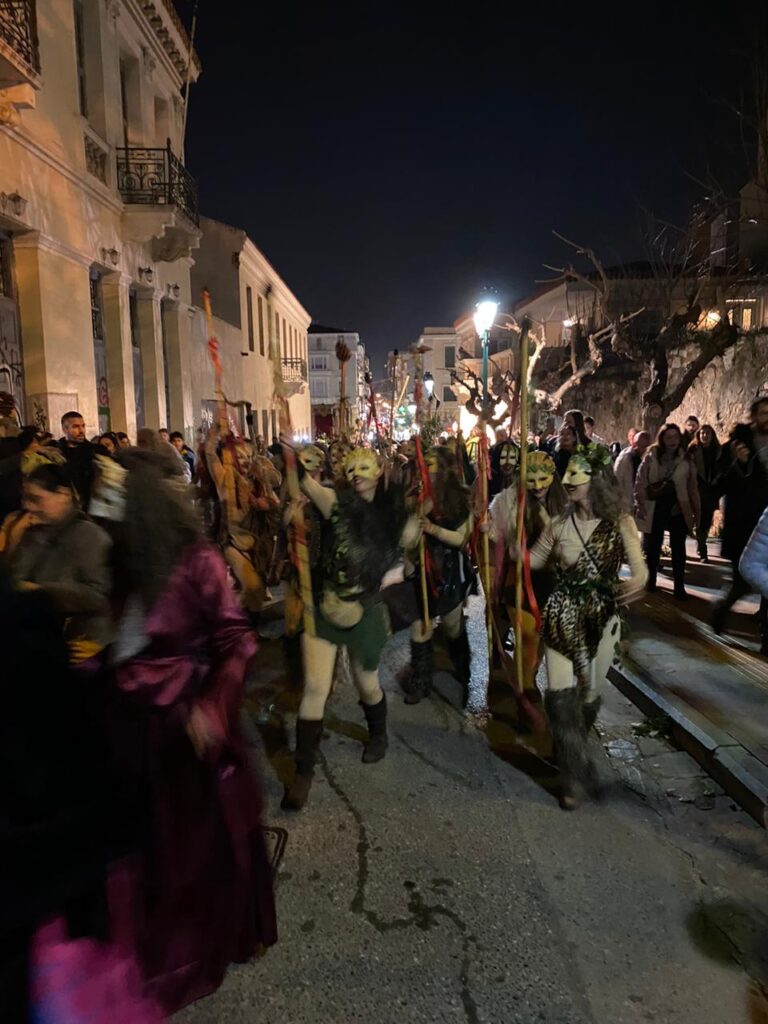

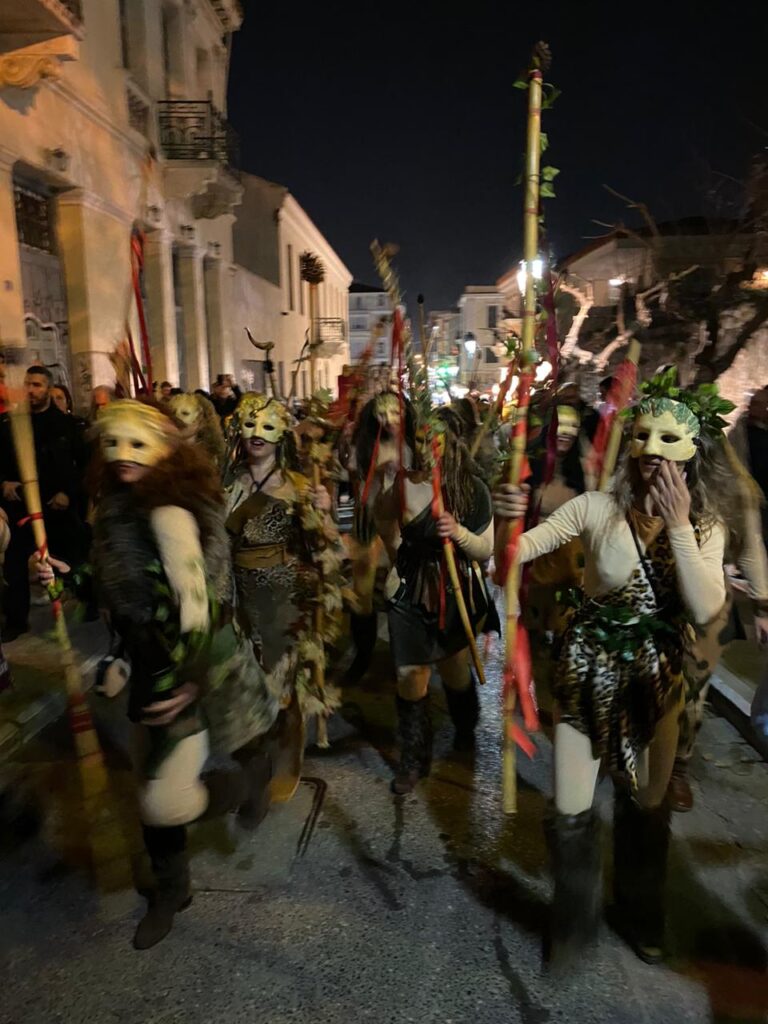
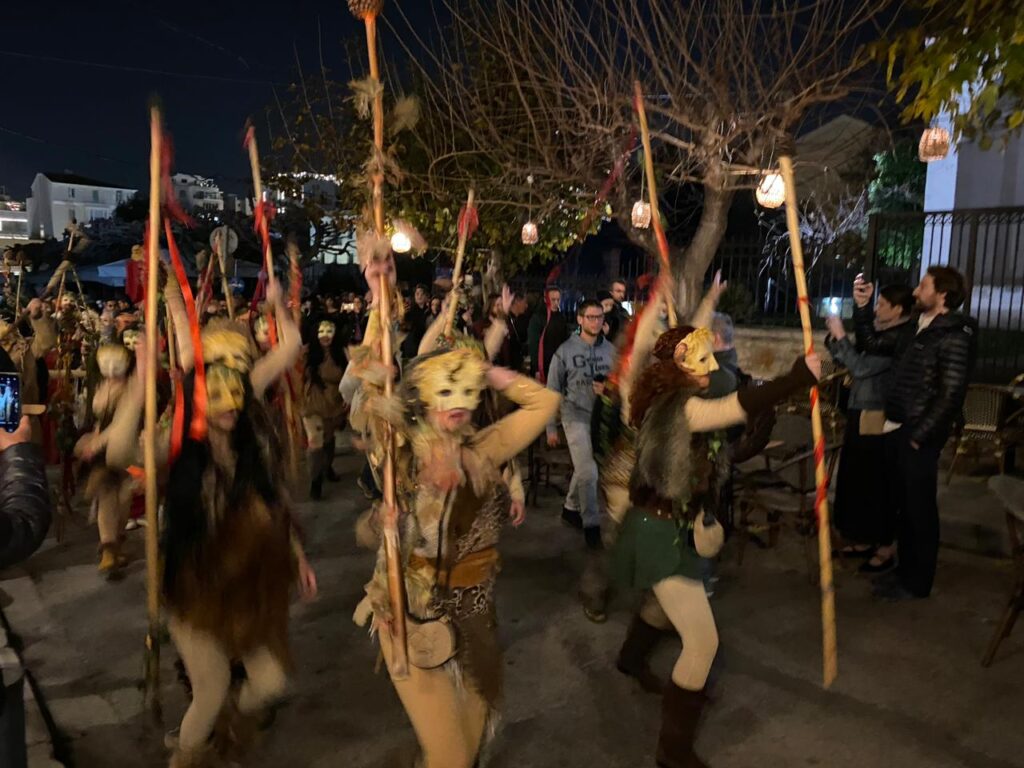
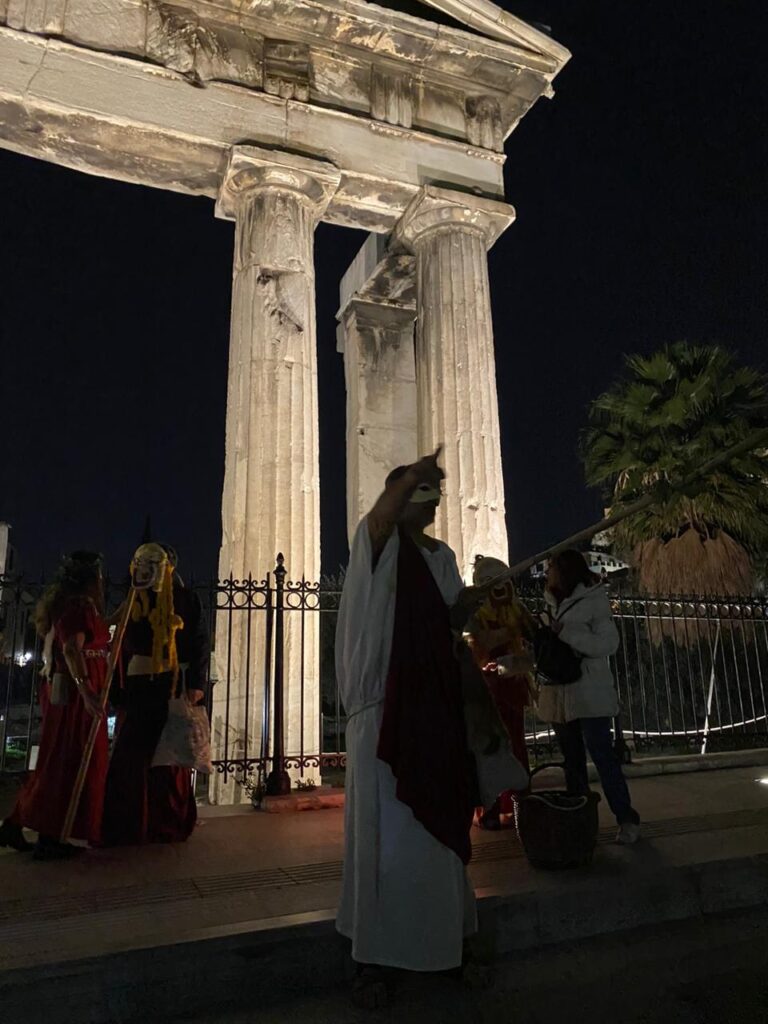
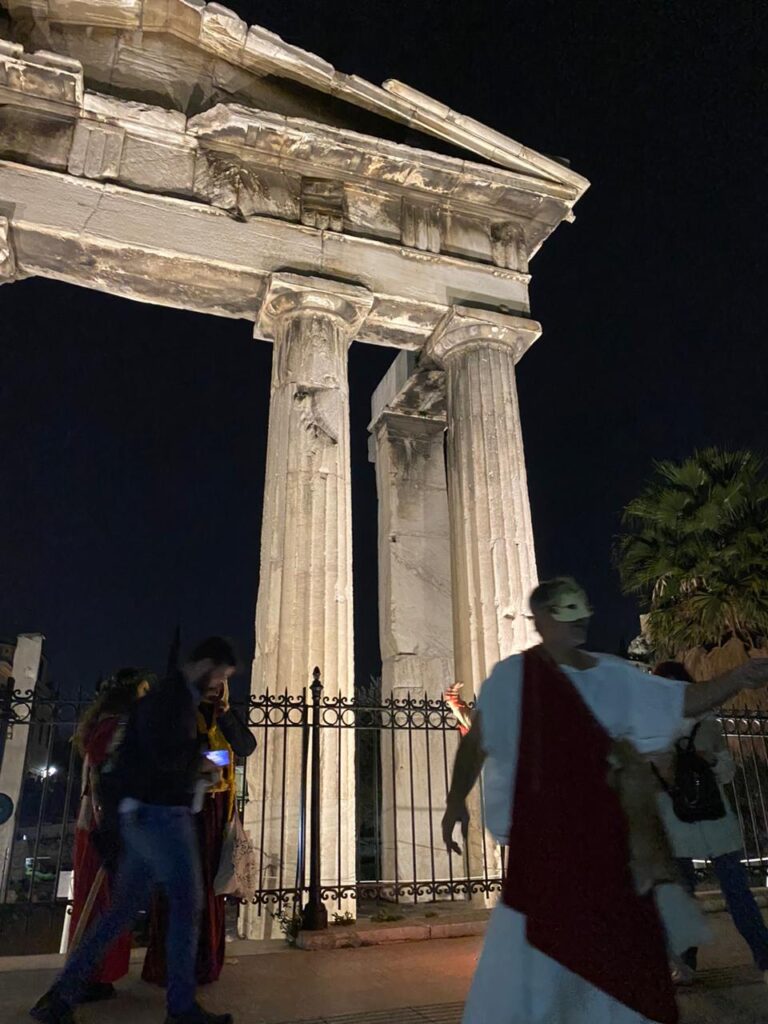
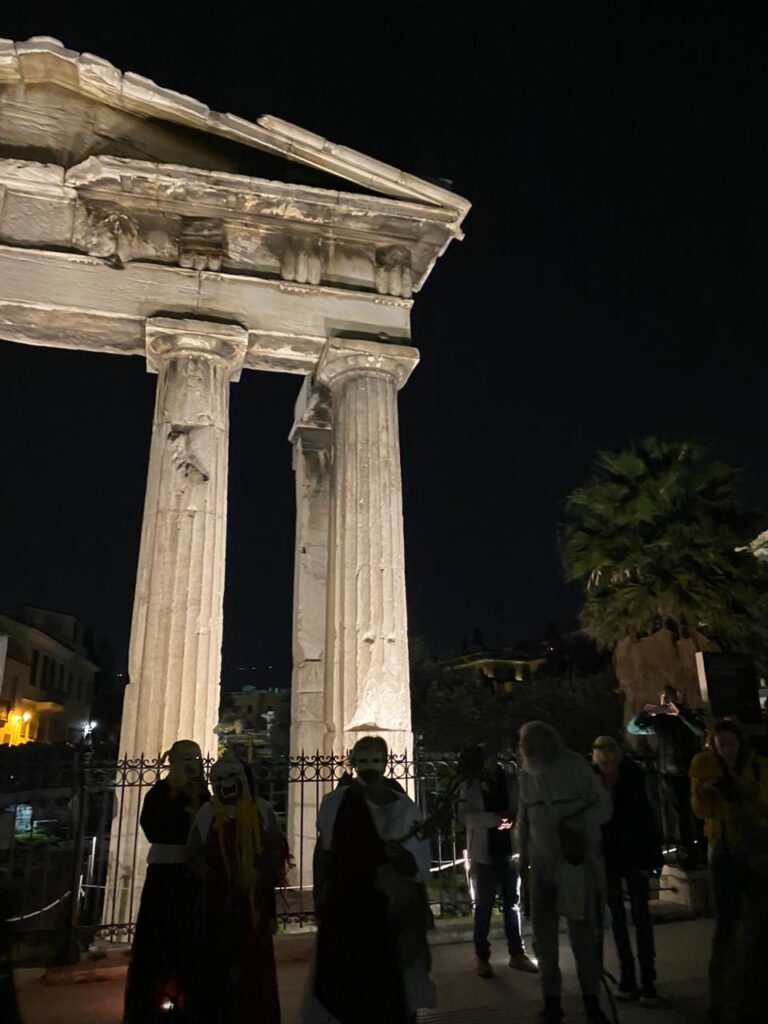
Phallephoria was an Ancient Greek festive procession, part of the famous Dionysia, a great celebration in honour of the god Dionysus.
The procession was preceded by the phallus, a symbol of fertility and germination. The followers were disguised as Silenus, Satyrs and Maenads, holding the thyrsus, phalluses or craters with new wine in their hands, while dancing and singing phallic songs.
They also invited Phallis, the follower of Dionysus and the personification of the phallus, to come and celebrate with them.
Also, some followers were dancing disguised as Nymphs and Hours, inferior Deities which are personified natural forces that protect the vegetation and flowering of spring and summer bloom.
Disguises of this kind were meant to activate the Renaissance forces of nature at the ending of the winter season, to prevent maleficent forces and to bring joy to people. The core of these festive events was a procession, «the troupe of the phallus”.
The leader held a crater full of wine and vine twig, followed by a man who held the phallus on a pole.
The Phallic procession aimed at transferring the fertilizing forces, and in activating the productive forces for a new year with good harvest. People found the chance to hide their faces and express themselves through dancing funny dances, drinking wine and singing joking songs.
These kind of fests were the ancestor of comedy.
Aristotle in his work “About poetry” refers to the birth of comedy from those who excitingly led the phallic processions; those who were singing phallic songs while the rest of the crowd repeated
Phallephoria is a distinct cultural folk interactive event that since 2014 has overwhelmed the historic center of Athens thanks to the efforts of the Association for the Research & Study of Hellenic Culture.

